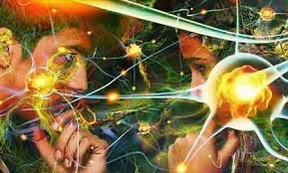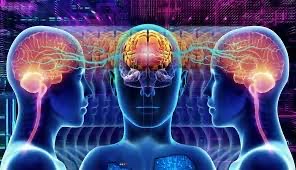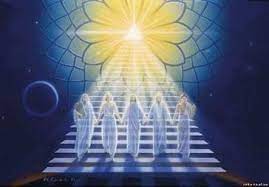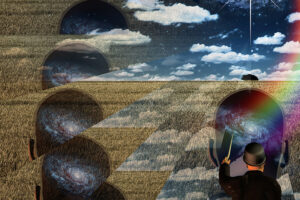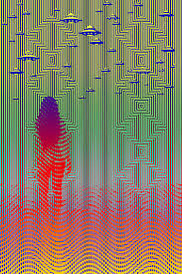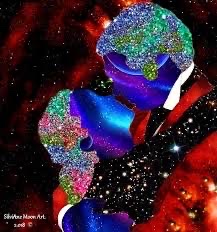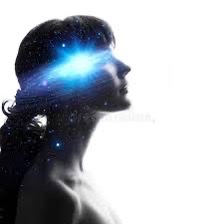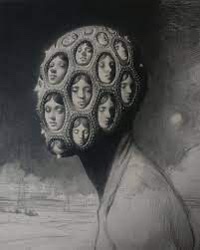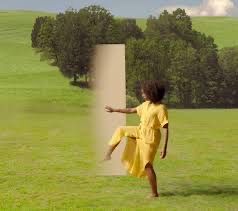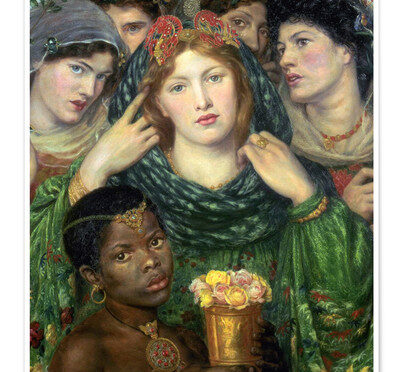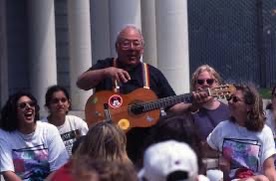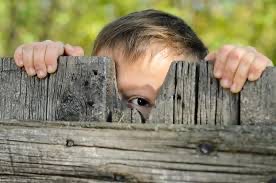Yes, spirituality, as you may becoming to an understanding of this phenomenon, is simply the experiencing of Earthly existence by our embodies Soul. There need be No religious connotations. Thought forms that reflect memories, recent and ancient, of genocide perpetrated by religious movements, do not necessarily have a place in this discussion of what we are calling “spirituality.” So you see, there is a practical approach to our studies of Third-Dimension reality. We are undergoing a restoration, if you will, to our original, self-comprehending, godlike awareness.

We are all Avatars. We know this is on a certain level and as we awaken, our knowing shall “firm up” and become a great deal more supportive for us as we transform our beliefs and ideas about what is possible.

Spirituality is a remembrance of what it has been for us in ages past. This is true. Yet is also points the way for us into the future when we shall be called upon to remake our Social and Political and SPIRITUAL institutions. Therefore, I caution you and yours in using your cynicism and is trust to keep your spiritual transformation at bay. Rather, I suggest you embrace it. Go with the flow.
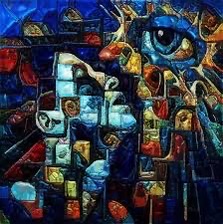
May I remind you that for every moment of your perceived reality, your waking reality, is complementary moment in one or more of your Simultaneous Lives? So each moment of spiritual unfolding bears the mark of all simultaneously-experienced moments in your multiple reincarnational lives. Now there are, of course, differences in the various aspects of your simultaneously-lived lives, for they are all being lived, for the most part , in different eras, by different sexes and nationalities etc, for the greater learning of All That Is.
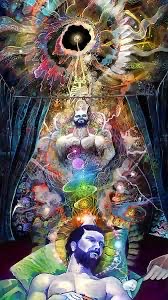
But please understand, quite literally, when you may be experiencing a moment of ecstatic understanding here in our Current Moment Point in this timeframe, one or perhaps many more of our Simultaneous Lives may be experiencing a timeless moment also, but as I said, most definitely within a different physical body, of a different emotional makeup and station in Soul Evolution than you, Dear Blog Reader. I want you to ponder the enormity of this fact of life, for a moment.

Now when you meet a friend on the street, unexpectedly, perhaps a friend you have not seen for some time, you may be ecstatic, overjoyed, as you embrace and speak of your relationship, how good it is to see that person again after so long etc. Now in that moment of reunion, that spacious moment of reunion, you are also , in another body, in another era, most probably on our Earth, experiencing a complementary type of reunion activity.

Further, if you could take a motion picture or snapshot of the various reunion activities of you various lives during that moment, you would find that there are also Numerous correlations between these experiences. You may find on observing these movies or pictures that the settings – streets, field, within structures – are quite similar, in that the placement of objects, trees rocks, houses or what have you – are similar throughout. Is it not obvious that your experiences we are describing here, the reunion experiences, are all quite similar, because you are the multi-dimensional creator of these events?

As the creator of worlds here, most naturally, your creations would bear the mark of the maker – the creator who is indeed you, in tandem with All That Is. So now as you observe your moment-to moment experiences, remember that this is only the “surface” of a deeper experience of manifestation that is our multi-dimensional being.





